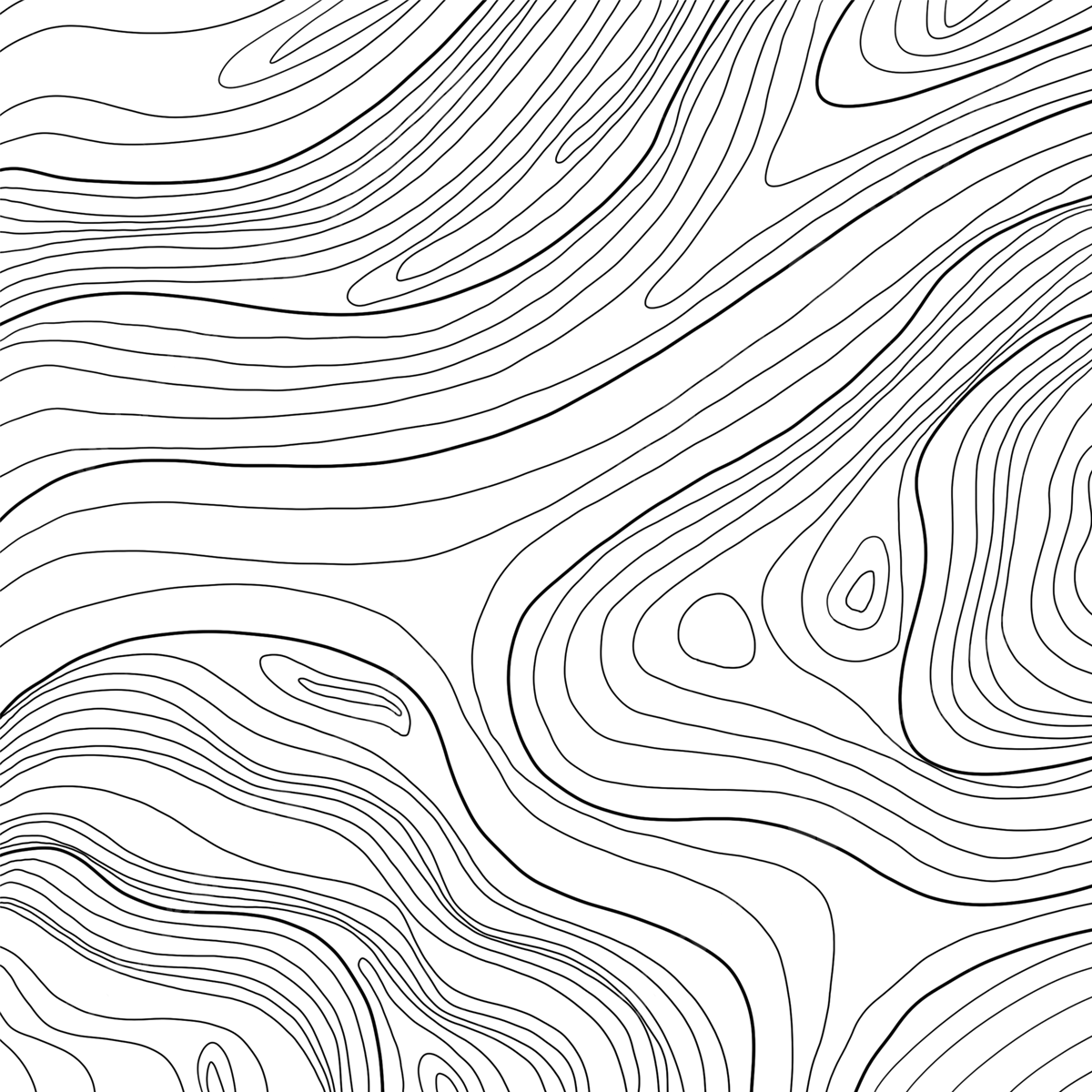
Online Curriculum For Providers
For Professionals & Operations
The Mountain Training Center is excited to offer a unique model for avalanche courses. We allow professional operations to purchase our Online REC 1 Avalanche Curriculum for each of their students. This alleviates the need to do nightly lectures and instead allows for students to work through the material at their own pace and be able to go back & revisit the material if future questions arise. We also offer our other courses as well, including Avalanche Awareness, Avalanche Rescue Fundamentals and Backcountry Mapping Masterclass.
Self Paced, Entirely Online
Online learning offers a flexible and accessible approach to avalanche education, allowing students to engage with essential content at their own pace and on their own schedule. This format enables learners to revisit complex topics as needed, ensuring a thorough understanding before heading into the backcountry for their field sessions. By providing a solid theoretical foundation, online avalanche education allows participants to arrive at in-person courses better prepared, maximizing the value of in-field training.

Topics Covered
-
This module addresses various avalanche types and unstable snowpack conditions, classifies avalanche sizes and reviews incident statistics, and explains common terminology related to avalanches, terrain, and snow. It also explores avalanche motion, including glide, turbulence, and speed differences between dry and wet avalanches, and discusses how to identify avalanche problems, focusing on conditions, formation, and characteristics.
-
This module covers critical slope angles and various terrain features, including shape and size, and examines the role of slope aspect and elevation in relation to sun and wind exposure. It also identifies avalanche start zones, tracks, and run-outs, and discusses critical terrain elements like traps, convexities, and triggers.
-
This module discusses mountain snowpack development, including the impact of storms and intervals, and how weather events contribute to the formation of strong and weak layers. It also covers basic snowpack changes and the characteristics of snow climates by region and within specific mountain locations.
-
This module covers accessing and understanding information from the Avalanche Advisory, including the North American Avalanche Danger Scale. It also discusses using the terrain/danger rose and reading and interpreting avalanche forecasts.
-
The module discusses terrain, snowpack, and weather considerations for trip planning, including the use of maps and technology. It also addresses human factors and risk management, the use of decision tools, checklists, contingencies, and emergency plans, as well as communication strategies. The application of the plan to the field is covered, focusing on group decision-making, safe travel practices, and relevant observations. Finally, it highlights the importance of end-of-day reviews, including group observations and reflections.
-
The module covers field observations, focusing on recognizing and prioritizing critical red flag indicators. It includes pairing observations with current avalanche problems and conditions, and the use of avalanche and snow pit tools such as inclinometers, compasses, probes, saws, shovels, and thermometers. Additionally, it addresses snowpack tests, including identifying layers (hand hardness) and basic grain types (strong and weak layers) in snow pits, and field identification of avalanche problems. Informal snowpack tests while traveling are also discussed.
-
The module addresses the trailhead check, focusing on beacon and equipment verification. It highlights the importance of observant travel in relation to snow, weather, and terrain, and covers route selection. Managing the group in terrain involves following travel protocols and maintaining effective communication. It also includes terrain identification, recognizing slope scale features, identifying avalanche terrain, and making safe terrain choices.
-
The module covers beacon use, probing, and shoveling techniques for avalanche rescue. It includes simple one and two-person burial techniques and focuses on incident response, including leadership, safety protocols, and checklists. Developing a plan based on terrain, avalanche size, and available resources is also discussed. The module addresses response strategies both as an avalanche victim and as a rescuer, highlights special problems and common mistakes, and emphasizes the role of first aid and emergency response in real avalanche rescues. Additionally, narrated avalanche rescue videos are provided.
-
A full breakdown from beginning to end of a planning a ski tour. Checking forecasts & weather to creating personalized maps for the day.
How It Works
Operations fill out the contact form at the bottom of the page. An access code is generated for students. To meet A3 standards, students must complete the full six hours of asynchronous learning. Once complete, they must attend two, one hour sessions hosted by our instructors, running through exercises and case studies. These one hour sessions are held weekly throughout the winter and any student from any operation can attend. Once a student has attended two, one hour sessions, they’ve met the standard for A3 Avalanche Level 1 Curriculum. The Mountain Training Center will then notify the guide service.

All instructors are professional members of the American Avalanche Association and American Mountain Guides Association.
Contact Form.
Reach out if interested in any products.


